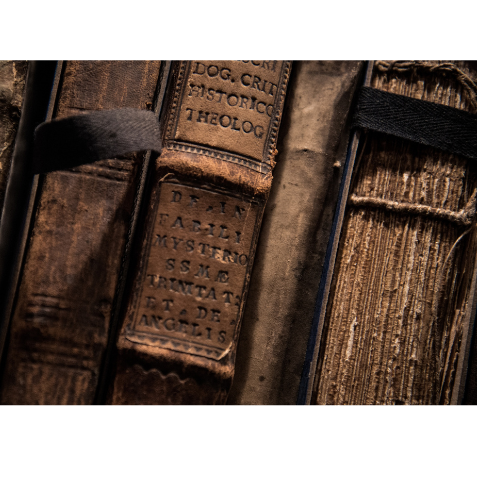How to Properly Identify Your Leather
Before you embark on cleaning or repairing your leather, the first essential step is to identify your leather type. By doing so, you ensure that the leather repair products work effectively and do not damage the leather in the process. Check out our Leather Identification Guide below to determine your leather type. If you have any queries, don't hesitate to reach out to us via email at sales@leatherworldtech.com.
Pigmented / Protected / Top Coated / Painted - Cleaning Code P - This is the most common leather type used in furniture, accounting for approximately 90% of the market. It features a uniform appearance with an intense color and grain pattern. The top coating conceals any natural leather markings, offering a Flexible Leather Paint finish that ensures durability and easy maintenance.
Identification: Uniform color and grain patterns; resistant to scratches and water drops don't absorb or alter the color.
Aniline - Cleaning Code A - Aniline leathers boast top-quality, natural hides with visible surface grain markings. These leathers have no protective treatments applied, giving them a distinct, authentic appearance. Aniline finishes allow the natural leather markings to shine through, but they require regular maintenance due to their vulnerability to scratches and stains. Aniline leather is also prone to sun fading.
Identification: Very easy to scratch; water drops absorb and darken the color but return to the natural shade when dry.
Semi-Aniline - Cleaning Code A - Semi-Aniline leather retains the characteristics of aniline hides but comes with a protective top coating. This coating enhances color consistency and durability while still showcasing the natural beauty of the leather.
Note: If the leather is water-soluble, you'll need to recolor it with Aniline Leather Dye. For leather that doesn't absorb water, Leather World Dye Colorant Pigmented Coating is the ideal choice for re-coloring and repair, excluding wax or oil finishes.
Nubuck / Suede - Cleaning Code N - Nubuck leather is created by brushing or buffing the grain side of natural aniline leather, resulting in a velvety texture. It's extremely soft to the touch but highly absorbent to body oils and dirt, making it challenging to clean effectively.
Identification: Very soft to the touch; scratches or scuffs easily; water drops absorb and darken the leather but return to its original color after drying.
Sauvage - Sauvage leather can be either semi-aniline or pigmented, with multiple layers of color or tones. It's often used to create unique appearances like hand-wiped, distressed, antique, or multicolored effects. Applying a top coat over the color layer enhances its durability.
Pull-Ups - Pull-Ups come in two categories: Wax and Oil. Oil Pull-Ups are exclusive to aniline leathers, giving them a wet oil look and feel. Wax Pull-Ups can be applied to aniline or pigmented leather, providing a glossy sheen to the surface.
Bycast (Bicast) - Bycast leather is made from low-quality leather or leather parts fused together, with a polyurethane coating applied to the surface. It's commonly found in the low-end furniture market.
Microfiber - Microfiber is a man-made fabric with extremely fine, soft fibers that offer excellent water resistance. It is often made from polyester or poly-made nylon.
Bonded - Bonded leather consists of ground-up leather particles pressed together with a water-based adhesive and a urethane or polyurethane top coat finish. It is a low-quality material and difficult to repair or recolor.
Vinyl - Vinyl is a man-made fabric made of plastic and cloth. It features a highly uniform grain pattern and a slick feel on the surface, with a cloth backing on the reverse side.


 Log in
Log in


